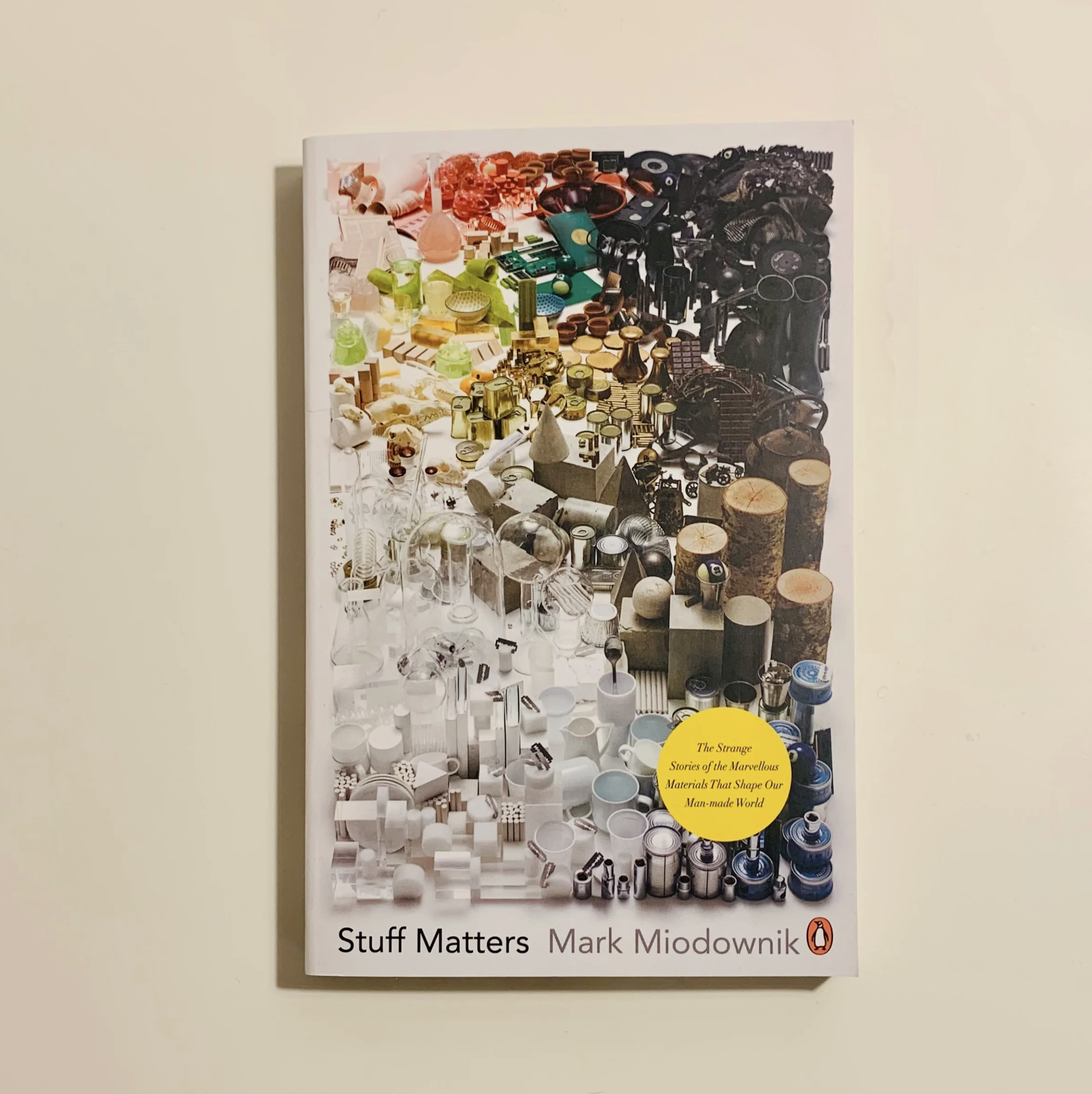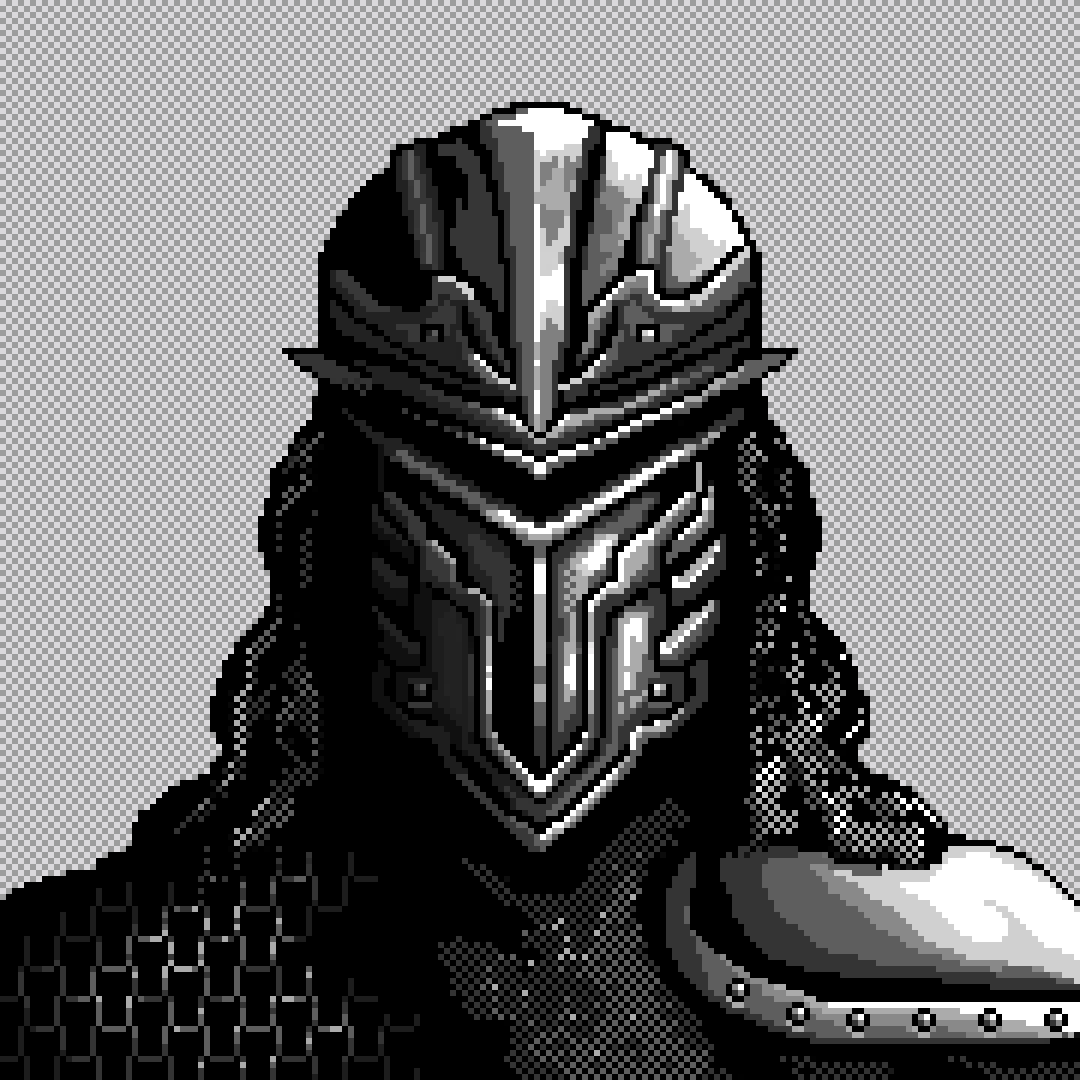Everything in the Universe is made of atoms.
I've always been fascinated by chemistry. The idea that other 'worlds' exist on a different scale has always been an inspirational thought when it comes to creativity and imagination.
When I was a little kid, I collected minerals; those strange rocks were the first connection I remember making with the aesthetics and consistency of things. Later in my life, I delved deeply into the fun side of chemistry and discovered that the way atoms are distributed can determine consistency, light reflection, and aesthetics of an object. When you alter that order (for example, by warming up an object), the look and consistency can change. This still amazes me and maintains my curiosity for discovering new stuff."

“It is often said that there are very few places left on earth that have yet to be discovered. But those who say this are usually referring to places that exist at the human scale. Take a magnifying glass to any part of your house and you will find a whole new world to explore. Use a powerful microscope and you will find another, complete with a zoo of living organisms of the most fantastic nature. Alternatively, use a telescope and a whole universe of possibilities will open up before you.”
― Mark Miodownik, Stuff Matters: Exploring the Marvelous Materials That Shape Our Man-Made World
The link with art is simply made: atoms and molecules (the union of two or more atoms) are the structures that 'invisibly' give us a perception of things. So, when you see a painting, a sculpture, or anything used to make art, a significant part of your perception is determined by the materials used to create that piece. The science of materials is another absolutely interesting field to discover, and many things could be said about it. But what happens when the art is not something you can touch? Something 'immaterial'.
Pixels are the 'digital' equivalent to atoms in real life – the smallest units that can generate not only art and visuals but everything that exists in this magical world we call the World Wide Web. It's a truly fascinating concept: pixels can have different dimensions, and based on those parameters, they can offer different perceptions. They can be microscopic parts of an image, providing density of details and nuances, or the opposite: bigger pixels with a minimalistic and clean vibe but also depth of shading. In both ways, it's incredible how pixels can be simple and complex at the same time, creating such a wonderful and immersive experience for art lovers.


In the digital world we live in, there is no pixel who thinks they're better than any other pixel. And there is no pixel that will not work with another pixel to produce something. And when two pixels come together and have children, they'll place any attention to what the color is and nobody says anything.― Lawrence Weiner

This Drop will explore both worlds using pixels as instruments to discover atoms, molecules, and all the wonders that are invisible to the naked eye but strongly present and 'alive' in our human-scale Universe. Seven amazing pixel artists will contribute their talent and vision to the development of this fascinating topic. It's going to be an exploration of new worlds and boundaries and a celebration of art & life.
Art is science made clear.
— Jean Cocteau
Thanks everyone who made this possible & enjoy!
Learn more:
- See the Exhibition
- About Artdrops
- About Exhibitions & Curators
- ArtDrops page


